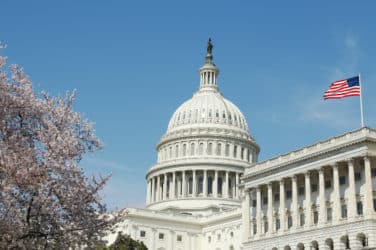
The U.S. Securities and Exchange Commission’s rule 15c3-5, known as the Market Access Rule, which has emerged as the critical compliance test for financial firms, is a direct result of the automated trading that has come to symbolize today’s markets.
“Rule 15c3-5 is intended to address the risks that can arise as a result of the automated, rapid electronic trading strategies that exist today,” said Daniel Parker, vice-president of trading and technology firm SunGard’s capital markets business. “As a result, technology systems must be capable of holding counterparty and customer data that will effectively evaluate risk ahead of the trade.”
Pre-trade analysis is required pursuant to 15c3-5 as well as the Commodity Futures Trading Commission’s rules 1.73 and 23.609 for major swap participants and swap dealers.
“The most significant technology modifications are going to be the front-loaded risk rules that will be entered into the OMS [order management system] to prevent position limit breach, evaluate margin levels and, in some instances, provide for upfront stress and scenario testing,” said Parker.
Such messaging protocols “will solve many of the arbitrary or inadvertent breaches, but only if rules prescribing the use are promulgated”, he said.
Trading platforms are embedding specialized hardware capable of addressing pre-trade risk, compliance and ultra-low latency execution.
The hardware, in the form of appliances called FPGA (field-programmable-gate-array), are designed to enforce pre-market risks in nanoseconds, while preventing impact on latencies that historically have slowed down traditional trading systems and models.
Specialized microchips employing FPGA have near zero impact on latency for governing required checks directed by Rule 15c3-5 and similar regulations from other regulatory governing bodies.
Fixnetix, a co-location service provider, and NovaSparks, a deterministic FPGA market data company, have launched a managed FPGA market data service for exchange co-location venues in the U.S. and Europe.
To date, the resulting Market Access Rule requirements have been articulated, but the means and methods are generally flexible. “15c3-5 places an additional burden on to compliance officers, which means that trade monitoring will occur concurrently aside from the trading lines,” said Parker.
In light of this year’s well-publicized trading software snafus, “Market Access Rule adherence could be a central focus of SEC examinations”, said Subramanian Ramakrishnan, group vice-president and general manager, financial services analytical applications, at Oracle, a software maker.
In addition, the SEC’s ‘large trader’ rule will require firms to proactively monitor their clients to identify and inform those individuals needed to be flagged as large traders.
“Regulators should anticipate that firms will use this information to enrich their surveillance techniques moving forward,” said Ramakrishnan. “These rules, and the increased prevalence of high-frequency trading, should have firms focused on the capabilities of their compliance systems being able to support sub-second monitoring. While regulations currently do not state that need, indications are they eventually will.”
Controls to eliminate ‘fat finger’ errors should also be closely examined to better understand their impact to order execution.
“Compliance checks which impact an orders access to liquidity could cost clients value market execution timing,” said Ramakrishnan. “Firms will need to determine if a potential delay to an order should be disclosed to their clients and if the firm will cover any unintended losses due to order delays.”






